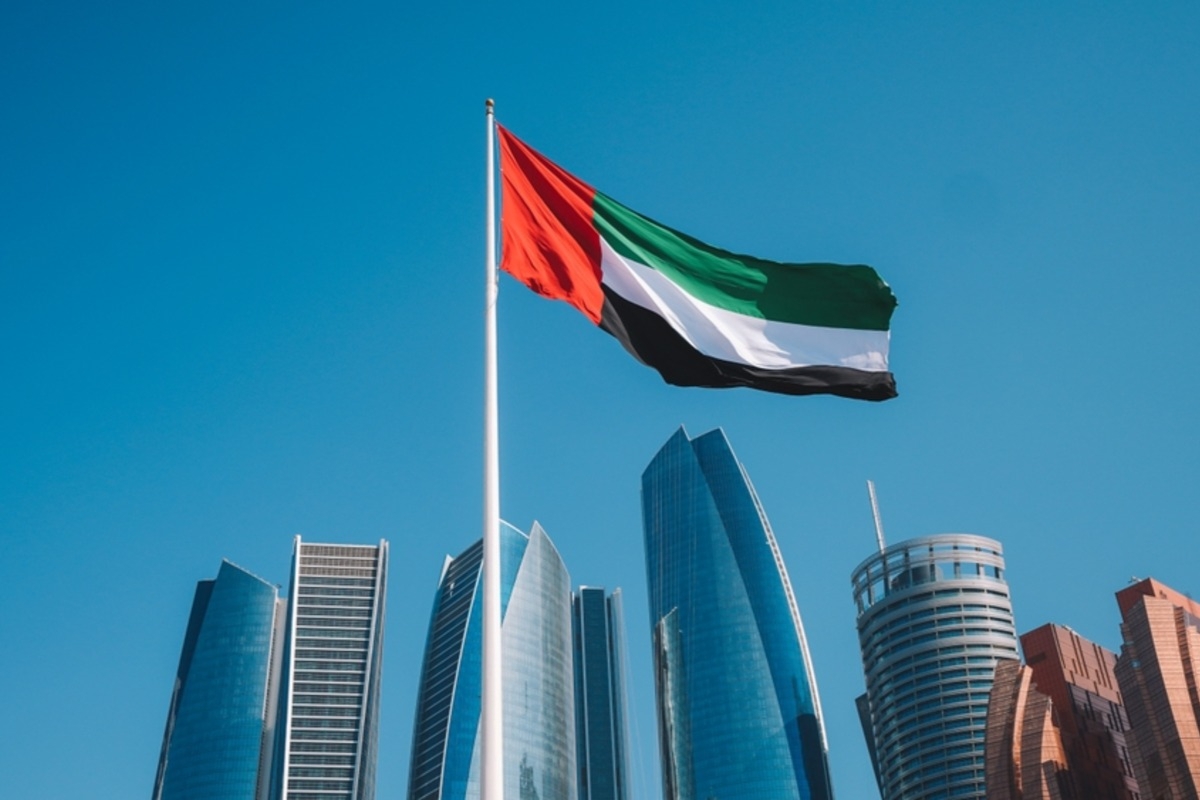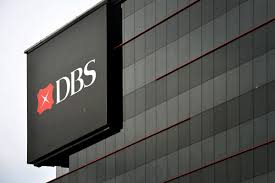The U.S. Green Building Council (USGBC) has unveiled LEED v5, a comprehensive update to its globally renowned green building certification system. Designed to elevate building performance while reducing carbon footprints, LEED v5 shifts the focus to decarbonization, climate resilience, and occupant health. With half of the certification points now dedicated to decarbonization across operations, materials, and infrastructure, the new framework offers clear, actionable pathways for reducing emissions.
“LEED v5 raises the bar, further defining and evolving best practices and giving stakeholders across the building industry clear pathways to address today’s challenges to our health, climate and communities,” said Peter Templeton, President and CEO of USGBC.
One of the major highlights of LEED v5 is its stronger emphasis on decarbonization, which now makes up 50% of the points. This includes strategies for reducing operational carbon, managing embodied carbon, improving refrigerant use, and lowering transport emissions. Building projects are required to conduct operational carbon projections and develop long-term decarbonization strategies, providing measurable outcomes that support sustainability goals and enhance long-term value creation.
In addition to its environmental impact, LEED v5 also focuses on improving occupant health and fostering resilience. Quality of life credits within the system prioritize transparency in wellness, environmental stewardship, and building performance. A key feature is the mandatory climate risk assessments that all certified projects must undergo. These assessments ensure that buildings can withstand climate disruptions, mitigate safety risks, and improve asset protection—factors that are increasingly critical for insurance, financing, and overall investment appeal.
“The demand for high-performing buildings that reduce emissions, mitigate climate risk, and provide healthy spaces is growing,” explained Sarah Zaleski, Chief Products Officer of USGBC. “LEED v5 meets that need with solutions that deliver long-term sustainability.”
The impact of LEED certification on market performance is already evident. LEED-certified buildings have demonstrated significant returns, with a 21.4% increase in market sale prices per square foot, 11% higher rental rates, and reductions in water, energy, and waste consumption by over 20%. These buildings also attract premium tenants, talent, and capital markets, making them a more appealing option for investors.
LEED v5 aims to provide more than just a certification; it offers building owners and developers a verified, data-backed narrative for sustainability, reinforcing their commitment to climate leadership and long-term ESG goals. With global applicability and the ability to customize based on regional and sectoral needs, LEED v5 is set to further transform the real estate industry by aligning sustainability with commercial value.



